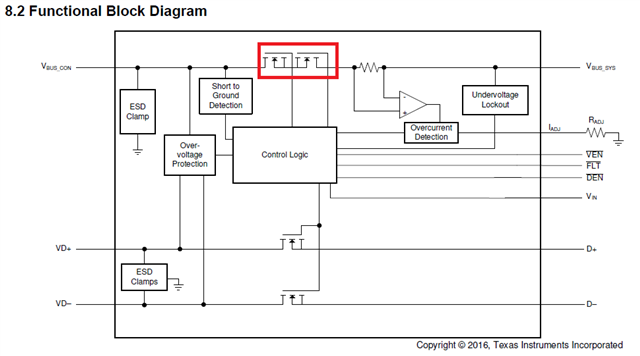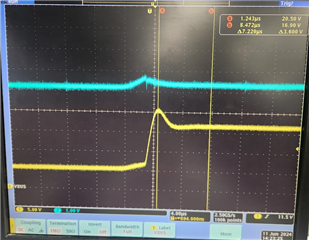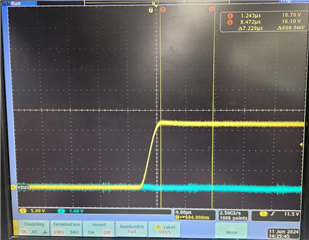Hi team,
TPD3S716-Q1 guarantees a short-to-battery of 18VDC.
So how big is the ringing that occurs in a short-to-battery warranted?
In the data sheet Fig. 6-10 (P.10), ringing is as much as 40 Vp at a short-to-battery. Is this within the warranty?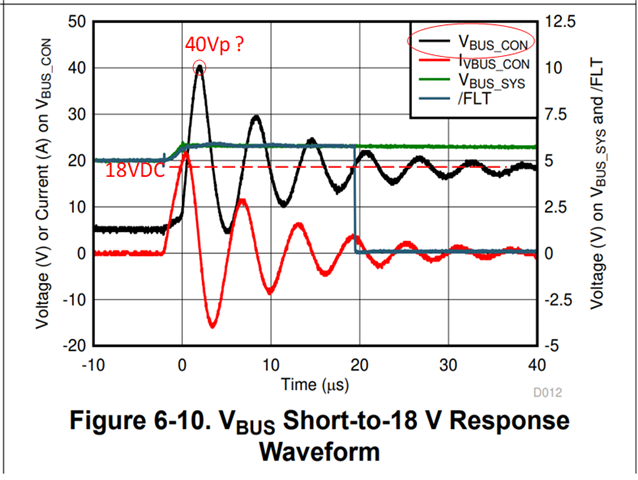
Even with a TVS diode, ringing of 19.58 Vp (at a short-to-battery of 16 VDC) is occurring in my hand.
I want you to guarantee this.
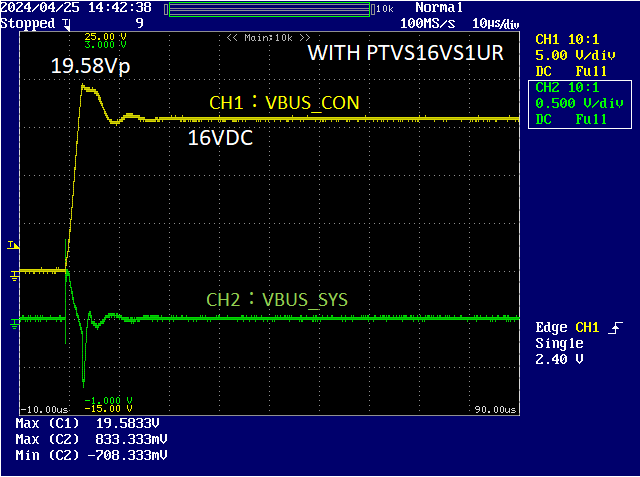
Regards,
Okuyama


